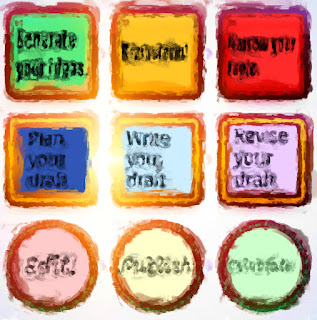517

The three-tier structure is often illustrated as a three-tier pyramid with Tier 1 at the bottom and Tier 3 at the top. A four-tier approach is another option. The fourth tier indicates the referral process used to evaluate students for a potential special education need. The focus herein will be on the three-tier model as it is the most common. The components that make up Tier 1 create a solid foundation for RTI. The basis of Tier 1 is a high-quality, guaranteed, and viable curriculum including standards-based instruction supported by research-based materials. The regular education classroom is the setting for Tier 1. Within Tier 1, teachers commit to devoting time to each subject and curricular fidelity. The time commitment typically includes a minimum of ninety minutes of reading per day as this gives the appropriate time for content, concepts, and application of understanding. The strong emphasis on reading is due to federal legislation regarding state testing ...







